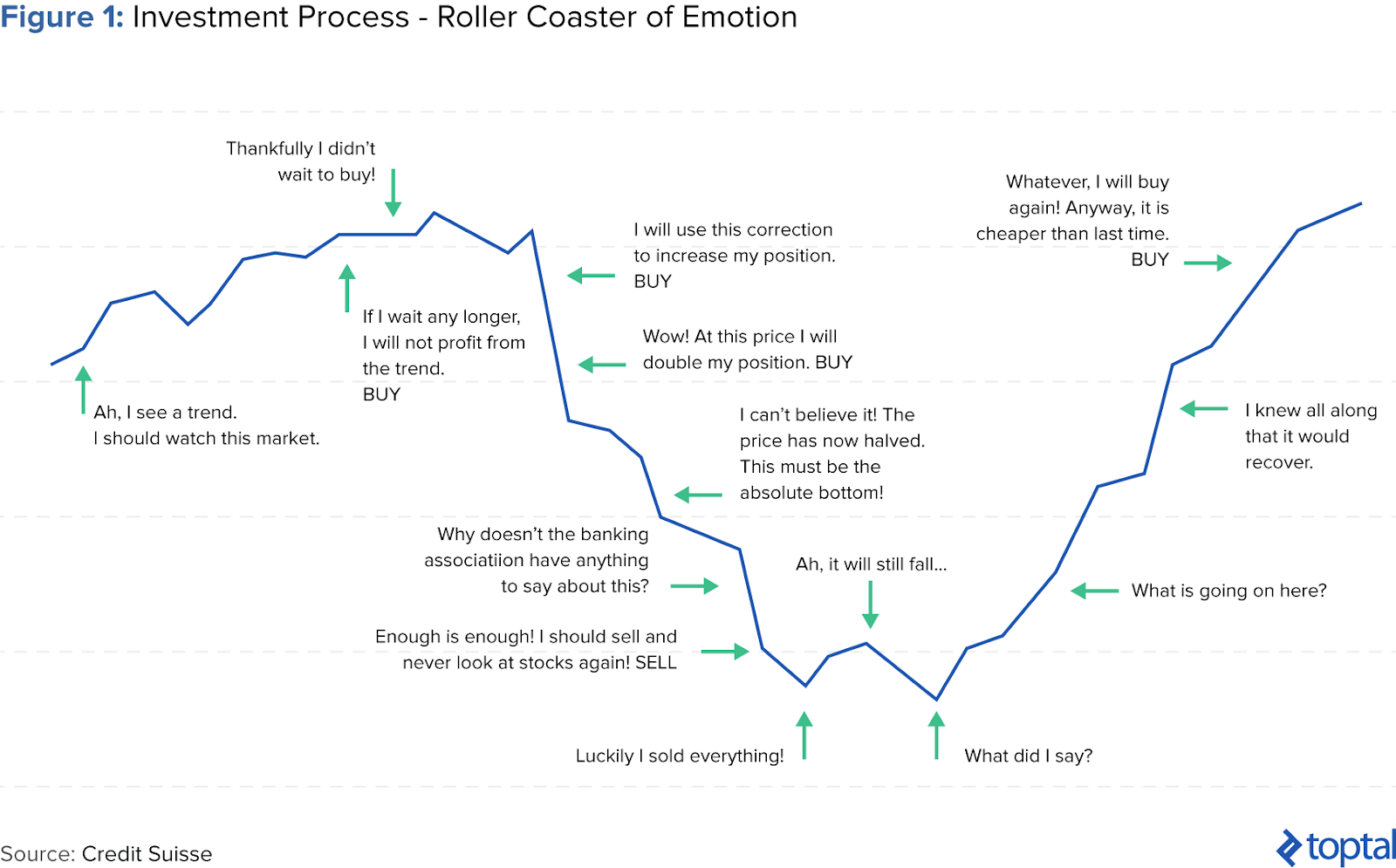
Do you want to pick your own investments, or would you rather have someone else do it for you? It all depends on factors like:
- How much time and resources you have
- How much control you want
- How regularly you plan to invest
Here’s a handy guide to help you decide.
What is DIY investing?
DIY investing is like whipping up your own meal. You decide what investments go into your portfolio, and in what allocations. Just as you need to keep an eye on the temperature to avoid overcooking, you need to constantly monitor your investments to keep your portfolio on the right track.
With DIY investing, you’re fully in control. You alone decide what to invest in, whether that’s stocks, bonds, real estate, ETFs, mutual funds or whichever asset you see potential in. As such, it can be pretty exciting to build a portfolio completely from scratch.
There’s a cost to investing no matter which approach you choose. For DIY investing, that’s primarily commission fees payable each time you buy or sell a stock through your broker.
Thankfully, more and more brokers in Singapore are offering ultra-low commissions and attractive incentives. For example, you’ll get free trades each month with Syfe Trade, and a welcome gift of S$60 to buy any stock you like.
The benefits of DIY investing
Prefer to be in the driver’s seat? You might find these advantages appealing:
- You’re in charge. With managed investing, you don’t get the same flexibility since someone else builds your portfolio for you.
- Broader exposure. Managed portfolios are typically constructed using stocks, bonds and commodities to provide diversification. But you aren’t limited to just these assets when you invest on your own. For example, you can invest in precious metals or even fine wine, depending on your convictions.
- A learning experience. If you have the time and interest, learning to invest on your own can be fun and rewarding.
What are managed portfolios?
Managed portfolios are like an omakase meal. Just as you’ll leave it up to the sushi chef to delight your taste buds, you let a professional build a portfolio for you based on your goals and risk appetite.
You don’t need to do any research or have any previous investing experience. Just fill up a short quiz about your objectives, time horizon, and preferred risk level. Then, a digital wealth platform like Syfe will help you to create a suitable portfolio designed to meet those goals.
After that, all you need to do is fund your account. The experts will invest and manage your portfolio for you. If you like, you can also check your account through your app, add more funds, or make a withdrawal at any time.
For this service, there’s typically an annual management fee to cover all the costs of investing on your behalf. Don’t worry – Syfe keeps this at 0.65% per year or lower. So if you invest $10,000, you’re only paying $5.42 a month.
The benefits of managed portfolios
Should you go with managed portfolios? These reasons are worth considering:
- Ease of use. Everything from investing, rebalancing, and dividend reinvestment is done automatically for you. Plus, it takes less than 5 minutes to create an account.
- No experience required. If you DIY, you’ll need time, research, and skill to create your own well-diversified portfolio, and ensure your asset allocation lines up with the amount of risk you’re comfortable taking.
- Highly accessible. With no minimum investment amount and no brokerage fees, you can invest as regularly as you like with any amount. Your management fee covers all trading and investment costs.
- Expert support. Some managed portfolios are completely hands-off. But with Syfe, you get unlimited access to our human wealth experts. They’re here to help you understand your portfolio and make better financial decisions.
- Your emotions are removed from the equation. With your investing delegated to a digital wealth manager, you’re less likely to react emotionally to market volatility and exit your investments prematurely out of fear.
The risks of emotional investing
The last benefit may not seem like much, but studies have shown that emotional investing can do more harm than good.
A 2021 study of investor behaviour by research firm Dalbar found that the average DIY investor consistently underperformed the market over the 20 years ending December 31 2020. This was mainly due to emotional decision-making like buying high and selling low, as depicted below.

This doesn’t mean you should never invest on your own. Rather, now that you’re alert to the impact of emotional investing, try not to let behavioural biases affect your investment decisions. Consider also that managed portfolios could be a way to mitigate these psychological pitfalls.
The best of both worlds
As they say, variety is the spice of life. At Syfe, we’re advocates of a strategy called core-satellite investing.
One way to visualise this is to think of a planet surrounded by its moons. There is a core of long-term index investments surrounded by complementary satellite investments which offer the potential of enhanced diversification, outperformance, or both.
Your core component can be fulfilled using managed portfolios like Syfe Core while your satellites can consist of specific stock picks that you trade on your own. This allows you to enjoy the benefits of both managed and DIY investing.
The choice is yours
If you value convenience and prefer to leave your investing to the experts, a managed portfolio may be the right choice. If you want more control over your portfolio, the DIY route could be a good option. And if you like both approaches, why not combine them in a core-satellite strategy?
There’s no right or wrong approach, just one that works best for you!






You must be logged in to post a comment.